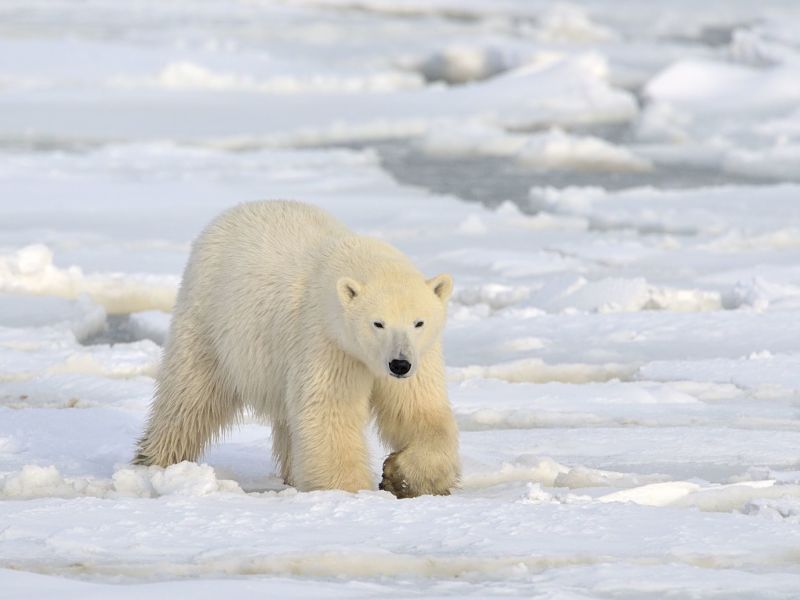
The Conference Board of Canada says more than a decade’s worth of good times are on their way for northern miners.
In a report released Monday, the economic think tank suggests a rebirth in mining will drive growth in the three Arctic territories that exceeds the Canadian average at least until 2025.
But the 20-year forecast says the boom won’t be evenly spread. Yukon and Nunavut will enjoy the greatest growth rates, while the Northwest Territories will suffer as its diamond industry gradually winds down.
“The outlook is fairly positive,” said Marie-Christine Bernard, the report’s research director. “It’s going to be a little more difficult in the Northwest Territories.”
Nunavut is predicted to lead the way. New gold mines and expansions at existing ones are expected to generate annual growth of nearly 10% for the next five years. By the early 2020s, the territory is anticipated to have five producing mines with gold production projected to quadruple.
Three new gold mines are to open over the coming decade in Yukon, with average growth of more than 6% until 2025. As well, Yukon is the only territory seeing increased spending on exploration, an indication of long-term stability.
The Northwest Territories economy will falter even though two new gold mines are expected over the next couple of years.
The N.W.T.’s diamond production is gradually scaling down, which the board says will lead to a shrinking economy this year and a flatline for 2019.
All those new mines are expected to create jobs.
In Nunavut, mining and activity associated with mine construction are expected to create more than 2,000 jobs over the next five years. The report warns that less than half of those are likely to go to local people.
“(That’s) because of the lack of skilled workers,” Bernard said.
The mining industry is used to fly-in, fly-out workforces and it’s probably too late to train locals, she said.
“I think it’s probably a longer-term problem to address. You can’t equip people with the right skills quickly.”
Still, the boom is expected to bring Nunavut’s unemployment rate to an all-time low of under 12%.
Jobs will also be plentiful in Yukon, which is forecast to enjoy an almost vanishingly small unemployment rate of 4% for years to come. In the N.W.T., however, the population is actually expected to decline by more than 300 people a year.
Bernard said there are some risks.
“There still needs to development of transportation infrastructure and the electricity grid for some of these big mines.”
As well, the resource sector is vulnerable to price swings.
“Right now, conditions are looking better, prices have been increasing and demand is stronger in the global economy, but that can change.”
Land access is also a factor.
Yukon has settled its land claims. Several are still outstanding in the N.W.T. and Nunavut has yet to finalize its land-use plan.
The conference board bases its forecasts on information received from industry, said Bernard. That includes price forecasts, official plans and feasibility studies, she said.